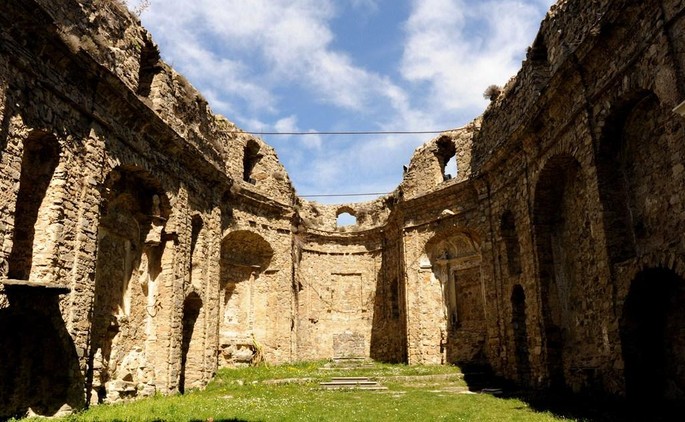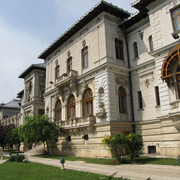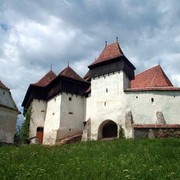Located in Imperia’s inland, 10 km north of San Remo and 11km north of Ospedaletti, over Ghimbegna Pass, Bajardo was a worship site for Druids, Celtic priests who built numerous stone obelisks still standing today.
The first settlements date back to the first millennium b.C. Around the seventh century b.C. the Celts were joined by the Ligurians, then the Iberians and Greeks who began to cultivate grapes and olives. The Romans arrived only in the third century b.C. and transformed the defensive Druid system into a fortress, whose original features we can still observe today.
During the Middle Ages, around 1250, Bajardo was under the Marquis of Clavesana, although a few years later, the increasingly aggressive Genoese pressures induced Pietro Di Ceva and Marquise Veirana to give Bajardo to the Maritime Republic. The act of buying Bajardo was drawn up in Genoa on November 24, 1259 at a price of 2,300 Genoese liras, and from that day Bajardo came under the jurisdiction of the Triora’s Podesteria; it was only in the nineteenth century that the land became property of the Kingdom of Sardinia.
The village of Bajardo was almost entirely destroyed by the February, 27th 1887 earthquake. The roof of the ancient San Nicolò church, built on the ruins of a pagan temple to the god Abelio, collapsed. 226 people lost their lives as they were all inside the church for Ash Wednesday. There remain today only a few ruins recently recovered and made safe. Among the ruins, one can see the vestiges of the medieval castle, the columns of the Roman temple and a Celtic stele. Like many Italian monuments, each new structure had incorporated the previous ones, which, with the destruction of the church by the earthquake, have emerged. From the church square you can enjoy one of the best views of the Ligurian and French south coast, while to the north the view stretches toward the Maritime Alps.
Although site of a tragic event in 1887, it is today a truly magic place where one can feel the vibration of time, imagine the many layers of tradition and religious rituals, and simply admire the sky, all within a church.











